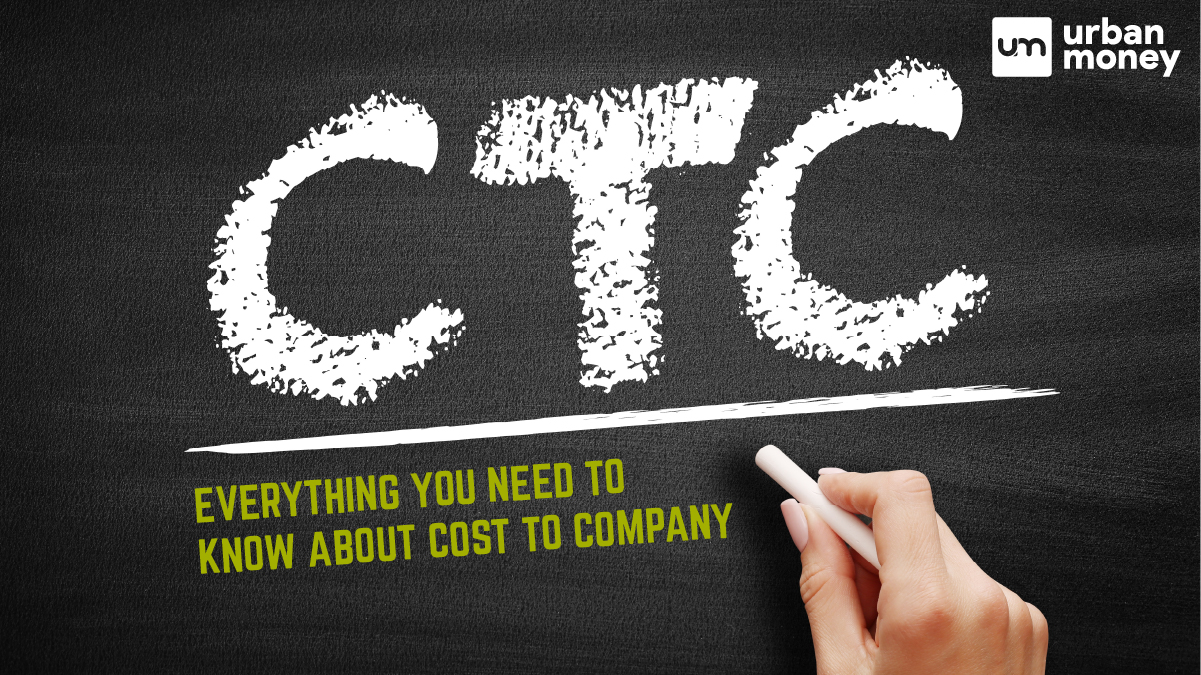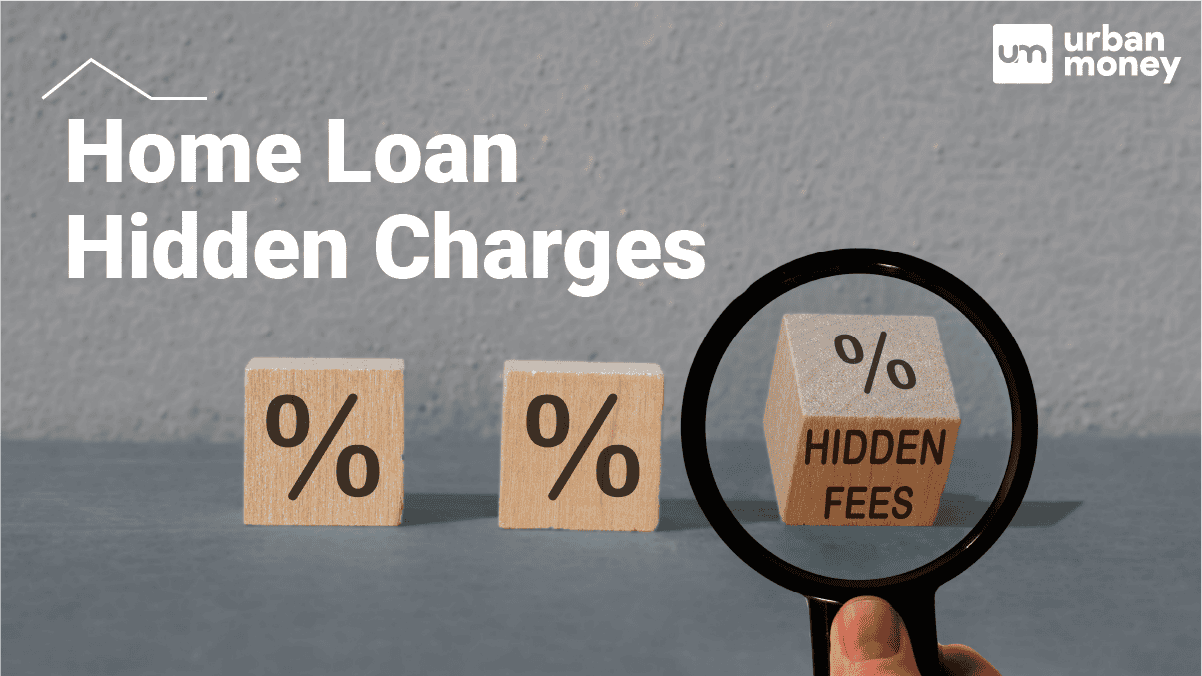Top 10 Best Private Banks in India List 2025
January 09, 2025
Home Loan Archive | How Balance Transfer Affects Your Credit Score

June 25, 2022


If you think that just owning multiple credit cards and juggling multiple payments can help you improve your credit score, then, it’s time for you to know the facts right. A balance transfer is quite an effective way to meet your debt repayment goals. It allows you to make low-interest monthly payments to pay down your liabilities more swiftly. Now, if you’re all in to apply for balance transfer loans, you also need to be aware of other options as a balance transfer completely depends on a good credit score. If you’re wondering how a balance transfer can affect your credit score, you’ve come to the right spot because Urban Money has you covered.
Table of Contents
ToggleA balance transfer is a process of consolidating all your credit debts and repayments to a single credit account. This allows the borrower to consolidate all the debt into one single payment date, at a lower interest rate. Further, some banks may offer a promotional interest rate known as a teaser rate. This rate is significantly lower than the standard loan charges but is usually only available for a limited time. You can consolidate your debts from various sources into one monthly payment. Depending on your credit line, you can pay off all your existing debts over 12, 15, or 18 months.
A balance transfer can also be achieved through effective debt management strategies, however, it usually results in a lot of open credit lines, which is something you would want to avoid. A credit card balance transfer can negatively influence your credit score in the short run. However, you can reduce the impact of the act in the long run if you keep certain factors in mind when doing it.
Credit card interest can be avoided by paying your balance on whole and on time every month. However, if you are already in debt and have a strategy in place to pay it off, a balance transfer could be a smart method to minimize the percentage of your interest rates.
A balance transfer can ideally be a safe approach to paying off your debt. Applying for a low-interest home loan balance transfer can impact your credit score negatively. This is because 15 % of a credit score is based on how long credit accounts have been active. An effective way to improve your credit score is by keeping active credit accounts for a long time and making timely payments.
When you open multiple accounts it reduces the average age of your credit lines. This can have a detrimental effect on your credit profile. With each credit application, the bank makes a clear inquiry into your credit history via your credit report. With every such credit inquiry for a loan application, the credit score drops by a few points. Multiple credit card applications from your end will reduce your score even further. To reduce the negative impact on your credit, make sure you conduct sufficient research and double-check before applying for a single credit card.
Once you understand the underlying impact a balance transfer has on your credit score, you can take effective steps to counter the negative effect of the process. By avoiding the early foreclosure of a loan account, you can maintain the average age of your credit accounts, which ultimately leads to an inevitable increase in your credit score.
Consider the following before getting a Balance Transfer:
It is important to know that the actual process of transferring a balance to a new credit card has no effect on your credit score. However, what you do after transferring the balance can negatively affect your credit score. Given below are some of the ways that a balance transfer can hurt the credit score:
When you apply for the balance transfer option, the lender initiates a hard check on your credit report. This lowers your credit score by a few points per instance. You should be wary about this fact if you’re on the border of a negative credit profile. You should evaluate what effect a hard check will have on your credit profile, before applying for a balance transfer.
Your credit utilization ratio is the ratio of your debt to your approved credit limit. This is one of the most important factors determining your credit score. Maintaining a low credit usage percentage, preferably below 30%, is a healthy habit to develop. When you consolidate many debts onto a single credit card while simultaneously using the credit limit released from the other cards, your credit usage rises, lowering your credit score
Your credit score is heavily influenced by the duration of your credit history. When you close an old credit line during a balance transfer., you may lose some of the credit histories you’ve built up over time. This lowers the average age of your credit line, which ultimately lowers the credit score.
Given below are some of the ways a balance transfer can hurt your credit score in the long run:
When you apply for a balance transfer, the amount of accessible credit in your account increases. This lowers your credit usage ratio and helps you boost your credit score. However, you may only do this if you don’t use any of your other credit card limitations.
It would be easier to maintain track of your debt and make timely payments if you consolidate your debts onto one credit card. The most important thing you can do to improve your credit is to avoid late payments. Further, the borrower can also save a lot of money on interest payments by opting for a balance transfer.
When you apply for a balance transfer, you are granted a higher credit limit than your previous one. This means that you can effectively lower your credit utilization ratio through a balance transfer. The lower your credit usage percentage, the better, because it shows lenders that you aren’t taking on debt you can’t afford to repay.
The ability to transfer credit card balances is a common and useful feature of credit cards. The balance transfer facility is one of the most useful features of any credit line. This aids cardholders in breaking free from debt cycles that continue to have a negative effect on finances due to compounding interest rates. Let’s take a look at some of the most compelling advantages that make balance transfer a good idea.
When you opt for a balance transfer, you are clearing your revolving debt with the help of another credit line. Assuming that you have moved the current debt to a new credit line with a comparatively lower interest rate, it will cost you a little less money to maintain the debt, which is being carried forward to a new account. This implies that you can save more money by paying off the principal on the debt, instead of paying interest.
However, when you go in for a balance transfer, there are a few things to bear in mind. The first is that most banks don’t have any restrictions on the sort of credit line that can be used for balance transfers. But certain banks will only provide this service if the amount is being moved from a credit line that was not issued by them. There may also be restrictions on the amount that can be sent, such as minimum and maximum amounts.
These are some steps shared by financial experts describing some of the best practices you can follow once your balance transfer is complete.
When you commit to a debt management plan, you may feel compelled to cut links with your previous credit line right away. Even if you’re not using an old account, it’s a good idea to keep it active. Credit scores are calculated using your credit history, which accounts for 15% of your total score.
Your credit history will be healthier if you have active credit accounts on your report for a long time. A long history of good-standing accounts improves your credit score and sends a favorable signal to lenders. However, if you’re tempted to use your old credit line and don’t want to add to your debt, it’s probably advisable to close the account.
When you transfer your current debt to a new credit line, you may believe that your previous account has no due amount., but this is not always the case. Ensure there are no last-minute interest or penalties on your former credit line from which you moved the debt. Follow up and keep a watch on that credit account for a month or two to make sure there’s no balance.This is known as residual interest, and it accumulates between the time your bill was sent and the time your transfer was made. Set up Autopay for Amounts
Sign up for the autopay feature to ensure you always make payments on time and commit to paying in full when you can. Most credit lines include an autopay function that allows you to set payments for any amount. Set up autopay for at least the minimum payment needed, but preferably more than the normal minimum payment.
If at all possible, determine the exact amount you’ll need to pay every month to pay off the loan before the 0% teaser rate expires and set up a monthly (or bimonthly) automatic for that amount.
For example, if you transfer Rs.30,000 balance to a card with no interest for 15 months, simply divide your Rs.30,000 balance by the length of your intro period (let’s say,15 months). You’ll find you need to pay Rs2000 a month to ensure your balance is Rs.0 before the intro period ends, assuming you don’t make any new charges on the card.
When you opt to pay off your current debt by a balance transfer, it is to avoid racking up unnecessary charges that can further add to your debt.
Set spending limits for several areas of expenses so you know you’ll be able to pay off the balance in a timely manner. Detaching your credit account for subscription websites or other services that charge you automatically may also be beneficial as you might quickly overspend.
You can set a budget for fixed expenses first, such as rent, car payments, gas, groceries, and debt payments, and then for other expenses, such as gym memberships and eating out.
Do not overspend if you have other credit lines that you use frequently. Make sure you don’t make any new purchases with your balance transfer card. Remember that everything you spend will be added to the total sum due before the intro APR period expires.
You may also run the chance of accumulating another high balance on another account, which might harm your credit score. Pay off your transferred balance and focus on developing solid money management skills and improving your credit score.
Some commonly used alternatives to a balance transfer are unsecured personal loans, secured loans, and debt management programs. Zero-interest balance transfer credit lines are an ideal option for debt consolidation, but they generally demand strong credit. However, the conditions given by secured and unsecured loans will not be as advantageous as a 0% APR balance transfer. A debt management program is a practice of negotiating lower payments or interest rates with a lender in order to pay off debt more cheaply over time. These programs are usually available through credit counseling and debt reduction organizations, but you may also do it on your own. A debt management program will frequently result in reduced fees, longer payback terms, and lower APRs.
The disadvantage of entering into a DMP is that your lender will most likely disclose this to credit agencies, lowering your credit score. It simply indicates to other lenders that you are experiencing financial difficulties. On the other hand, failing to participate in a DMP may result in further damage to your credit score if you do not find another alternative.
Other alternatives are an unsecured personal loan from a bank, credit union, or online lender.. The monthly payment will not alter once you’ve been authorized for the loan, which may give some consistency while you make payments. However, those with negative credit have a decreased probability of getting an unsecured loan approved. A poor credit score may also hinder you from qualifying for a higher loan rate than you presently have. Lenders may also demand an origination cost.
A balance transfer is a great way to manage debt, but be cautious when trying out new balance transfer accounts. Overall, it’s ideal to make maximum use of the benefits of a new balance-transfer card and take quick steps to determine how to eliminate the need for more credit lines in the future. You should also consider whether the benefits outweigh the disadvantages or vice versa.
Your ultimate goal should be to pay off your debt as quickly as possible so you may begin saving. In simple terms, a debt transfer won’t affect anything on your credit report that already exists. However, it prepares you for actions that will help you improve your credit in the long run while also saving you money in the short term.
No, a balance transfer does not affect the credit score. If you wish to balance transfer to one of your cards that offers a low-interest rate then, the credit score will not be affected.
In order to get a balance transfer, it is necessary that the lender approves the credit report by conducting a harsh enquiry. With every inquiry your credit score will drop a few points.
It takes about 2-3 week’s time for a home loan balance transfer, however, you can do a home loan balance transfer only after the lock-in period of the current bank is over. Usually, the lock in period ranges between 6 months to 1 year.
If you have an existing personal loan on which you have paid at least 12 EMIs with a good repayment history, you may be able to transfer your loan to another bank and take out top-up loans at the same time. Additionally, the amount of the outstanding loan should be at least Rs. 50,000 or as determined by the lender. A minimum of two years of work experience is required, with at least one year spent with the present company.
Yes, the lender does check the credit score before approving for a home loan balance transfer. The minimum credit score of 750 is considered to be a score for approval of the home loan balance transfer application. However, some lenders consider a credit score of 700 upon request.










© 2025 www.urbanmoney.com. All rights reserved.

Need Loan Assistance?

Thank you for showing your interest. Our agent will get in touch with you soon.

















